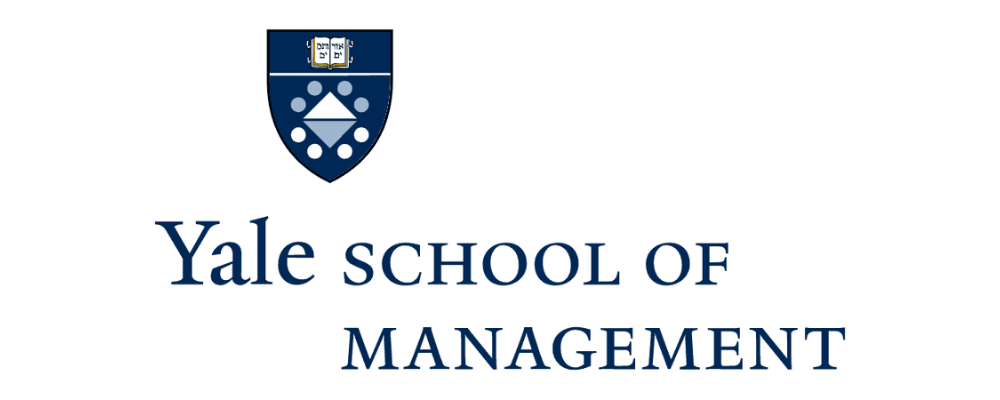For more than a decade, the World Happiness Report—a collaboration among several top universities in the United States, the United Kingdom, and Canada—has published annual data on the happiest countries in the world; Finland has held the top spot for six years in a row.
Part of a vast body of literature that examines people’s subjective well-being and the factors that contribute to its improvement or decline, the report calculates average responses to the so-called Cantril question, which asks participants to rate their lives on a scale of 0 to 10, with 0 representing the worst possible life and 10 representing the best. In 2023, Finland had an average of 7.804 (the United States’ average was 6.894; Afghanistan had the lowest average, with 1.859). Many studies of subjective well-being are likewise based on averages, which are a convenient way to measure and compare.
But Yale SOM’s Gal Zauberman and former postdoctoral researcher Bouke Klein Teeselink, now a lecturer at King’s College London, share a healthy skepticism of the mean.
Rarely do you find such clear patterns in the social sciences. That is an extremely robust elimination of misery.
“There’s a lot hidden when you look at averages,” Klein Teeselink explains, invoking the well-worn joke of the statistician who drowned in a river with an average depth of three feet. “You can have an average level of well-being of seven, and you can get to that average with only sevens, or with nines and fives. We might care very differently about those scenarios.”
Klein Teeselink and Zauberman decided to see if they could dive deeper into the distribution of subjective well-being, and what they found—in a new paper recently published in the Journal of Economic Behavior and Organization—surprised them. Past studies have shown that, as income goes up, average well-being does too. But, using the same Cantril ladder question as the World Happiness Report, Klein Teeselink and Zauberman were able to show that, as incomes rise, variability in well-being declines as well: wealthier people are more similar to each other in their well-being than people with less financial resources. The data showed that the narrowing of the range of happiness for wealthier people comes entirely from a reduction in the share of people rating their well-being poorly. Their findings could have implications for policymakers, who also tend to rely on averages, they say.
“If you give money to poor people, not only are you lifting up people in terms of their well-being, but you are lifting up the poor people who are the least happy,” says Klein Teeselink. “We should arguably care more about alleviating the misery of the truly unhappy than we care about helping a person who already lives at a 9 or a 10.”
For their study, Klein Teeselink and Zauberman used Gallup-Sharecare Well-Being Index responses from more than two million U.S. survey participants between 2008 and 2019. When they first saw a graph of the relationship between income, well-being, and well-being inequality—“we were quite amazed,” Klein Teeselink says.

They called it the “Anna Karenina graph” (their paper opens with the famous first line from the Tolstoy novel: “Happy families are all alike; every unhappy family is unhappy in its own way.”).
A second figure is even more striking. It shows, in higher income brackets, the narrowing variability in well-being and the more positive well-being overall.
“All you need to do is look at our figures,” Zauberman says. “You don’t need to read a single word of our paper, and you can see what happens. Rarely do you find such clear patterns in the social sciences. That is an extremely robust elimination of misery.”
When Klein Teeselink conducted an econometric analysis, the data held up. For instance, when he tested whether individual characteristics—including age, gender, race, family structure, or health—could be responsible for the decline in well-being inequality, he found that, across the board, income plays a larger role.
Klein Teeselink and Zauberman are quick to point out in their paper and in conversation that their results are correlational, not causal. But they are confident in their results.
“We think there is a lesson here,” Zauberman says.
In addition to their primary findings that the variance in well-being narrows as incomes rise and that the narrowing is due to a declining share of people who are unhappy, Klein Teeselink and Zauberman found other patterns in the data. Unhappy people with lower incomes, for example, experience a “much larger happiness boost” from an increase in income than their happier peers.
Since unhappy people are disproportionately represented in the lower income categories, they say in their paper, “our findings suggest that the positive relation between income and average well-being might actually understate the welfare benefits of lifting up the poor.”
They also showed that negative shocks—including health issues, aging, and unemployment—have less of an effect on high-income people.
“Rich people are less likely to have very low well-being scores, at least in part, because they are better equipped to deal with various adverse circumstances,” they write.
Klein Teeselink and Zauberman are continuing their inquiries into well-being; their current research examines differences in the relationship between income and well-being across various groups.
In the meantime, they say their Anna Karenina paper could be used as additional evidence in support of redistribution programs that benefit people with low incomes.
“The traditional argument is that receiving one dollar lifts well-being of poor people more than losing one dollar lowers the well-being of rich people,” Klein Teeselink says. “We show that, in addition, one dollar given to poor people disproportionately lifts the well-being of very unhappy people in the poor income category. Hence, insofar as policy makers care more about alleviating misery than boosting bliss, this makes the argument for redistribution stronger.”
“The Yale School of Management is the graduate business school of Yale University, a private research university in New Haven, Connecticut.”
Please visit the firm link to site


